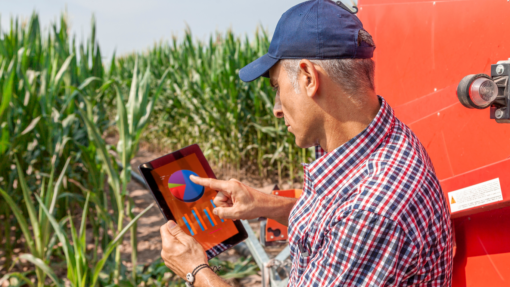Broadband access has increasingly become a basic utility, but it is still out of reach for many rural communities. While the Federal Communications Commission (FCC) claims that broadband internet is not available to 24.7 million people in the United States, data from Microsoft indicated that 162.8 million (almost half the population of the United States) do not use internet at broadband speeds. Digital Divide Index provides an overview of the disparity across the United States. COVID-19 pandemic further emphasized the need for broadband as schools and businesses shifted to virtual mode. The digital divide can be addressed by:
- Reducing Municipal broadband restrictions: As of 2021, municipal broadband was restricted in eighteen states across the United States. Some states have allowed electric co-operatives to provide broadband in their service territories.
- Providing Incentives for Internet Service Providers: Population density in rural areas is much lower than urban areas, thereby increasing the relative cost of installing fiber-optic cable. Providing incentives for internet service providers would help reduce the costs of providing internet to rural areas.
- Reducing the Burden on Right-of-way and Easements: Obtaining permissions for right-of-way and easements to lay fiber-optic cable are often difficult and slow. A public-private partnership that can reduce the costs and time delays in obtaining right-of-way and easement will expedite the process.
- Improving Adoption and affordability: Lower-income residents experience a higher economic burden due to lack of devices and affordable broadband subscription plans. Programs such as Emergency Broadband Benefit and the new Affordable Connectivity Program can help improve adoption of broadband. Further, demand-side management programs if offered through internet service providers can improve access to broadband.
- Supporting Broadband Programs: Library mobile hotspot lending programs, downtown wi-fi programs have been widely successful A public-private partnership promoting these programs will improve education, business development, healthcare, tourism and recreation opportunities across communities.
Upendram, Sreedhar. “Digital Divide in Rural Communities“. Southern Ag Today 2(12.5). March 18, 2022. Permalink

